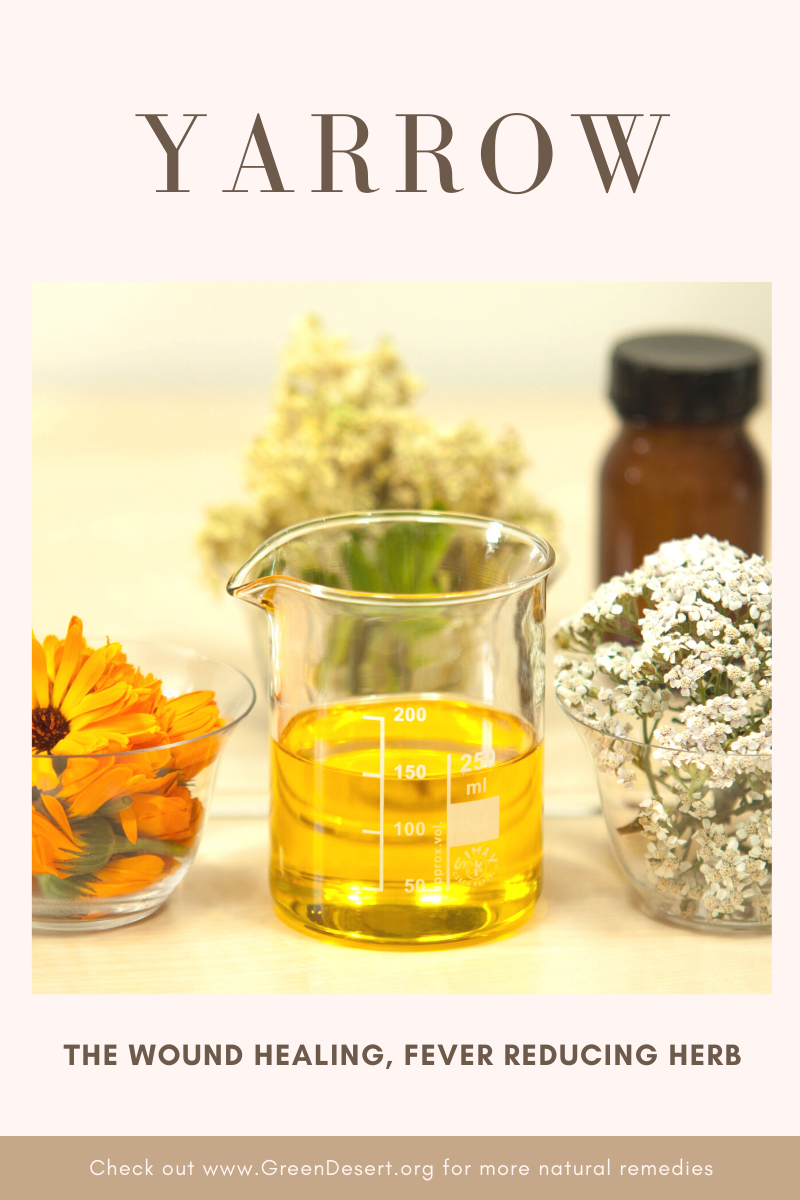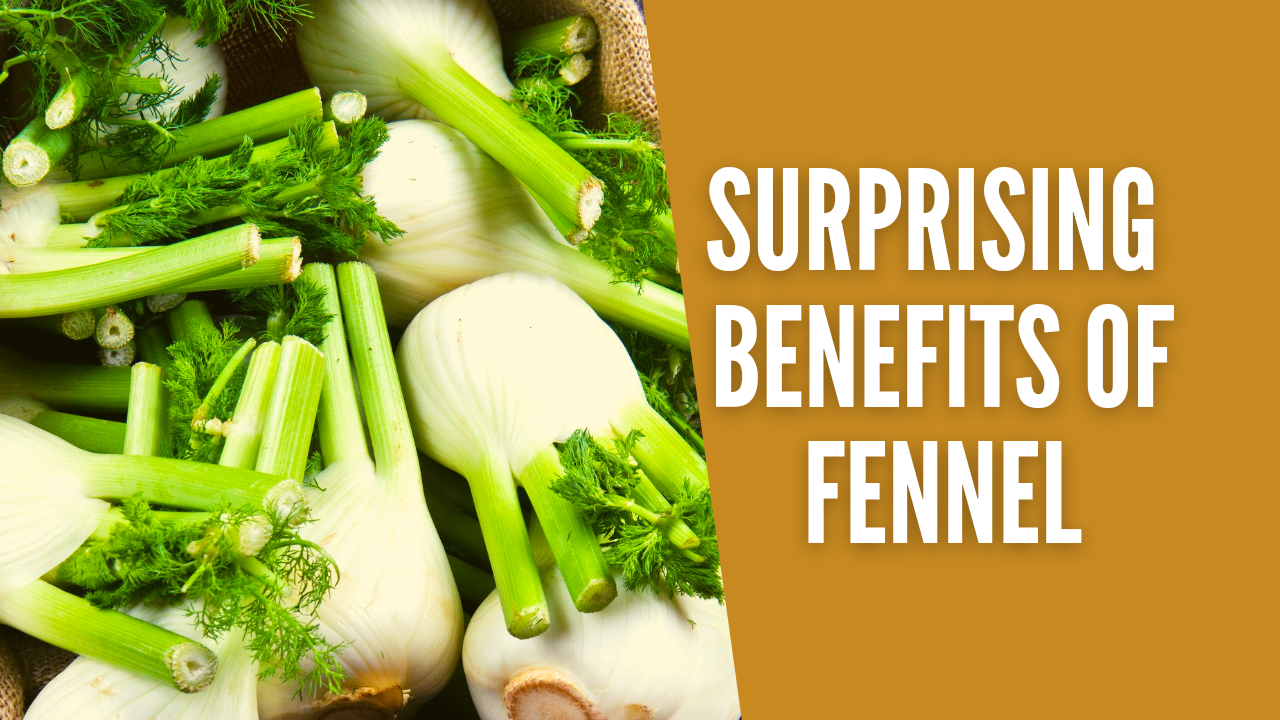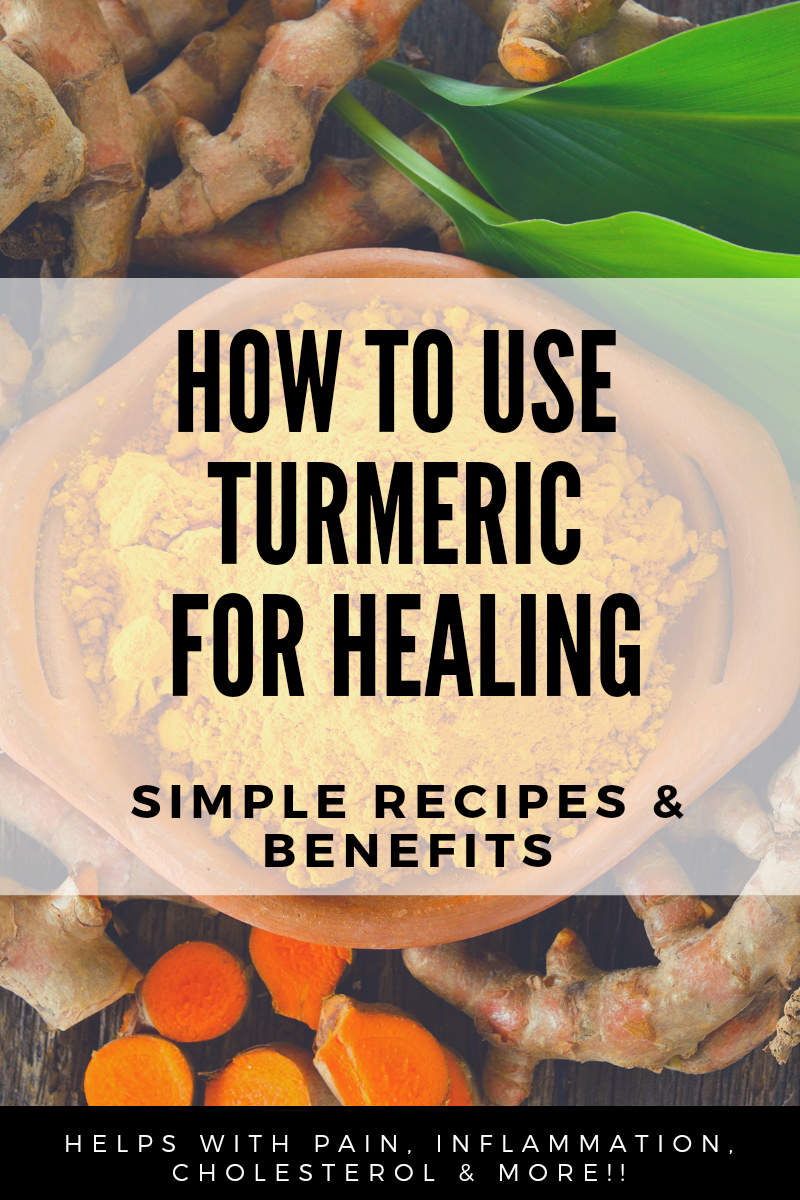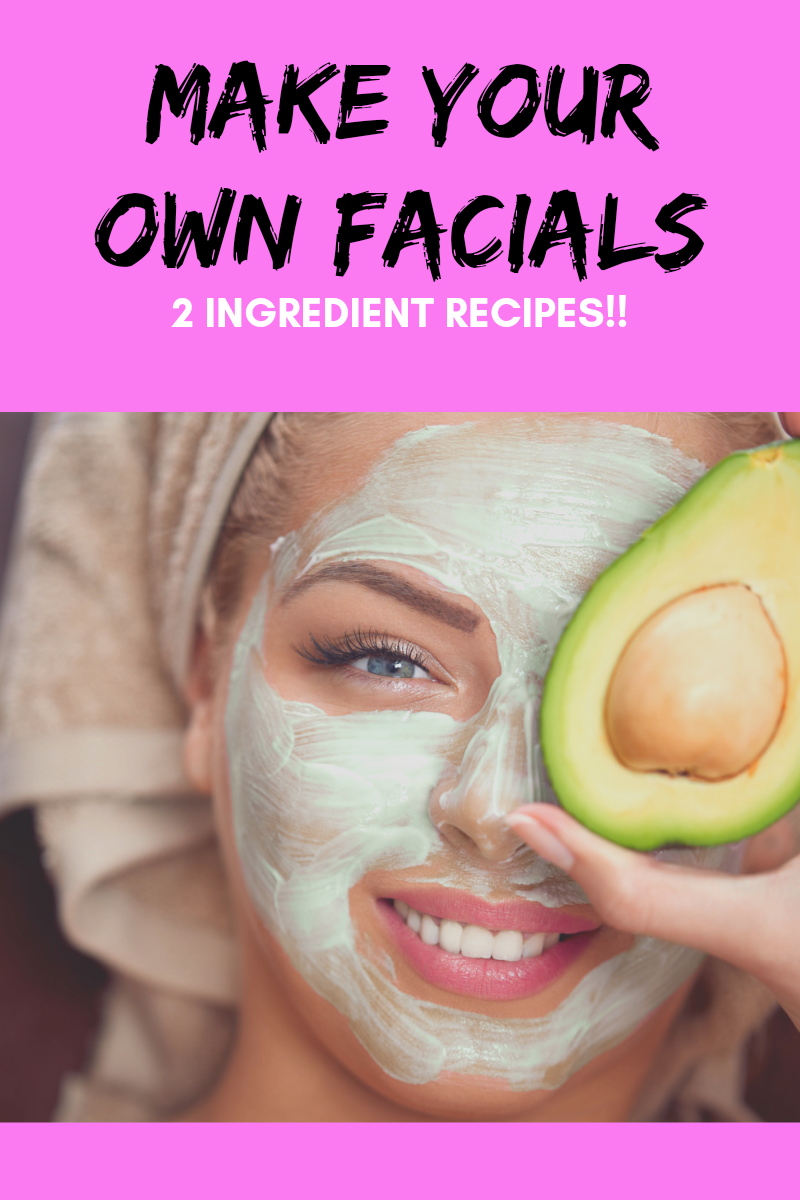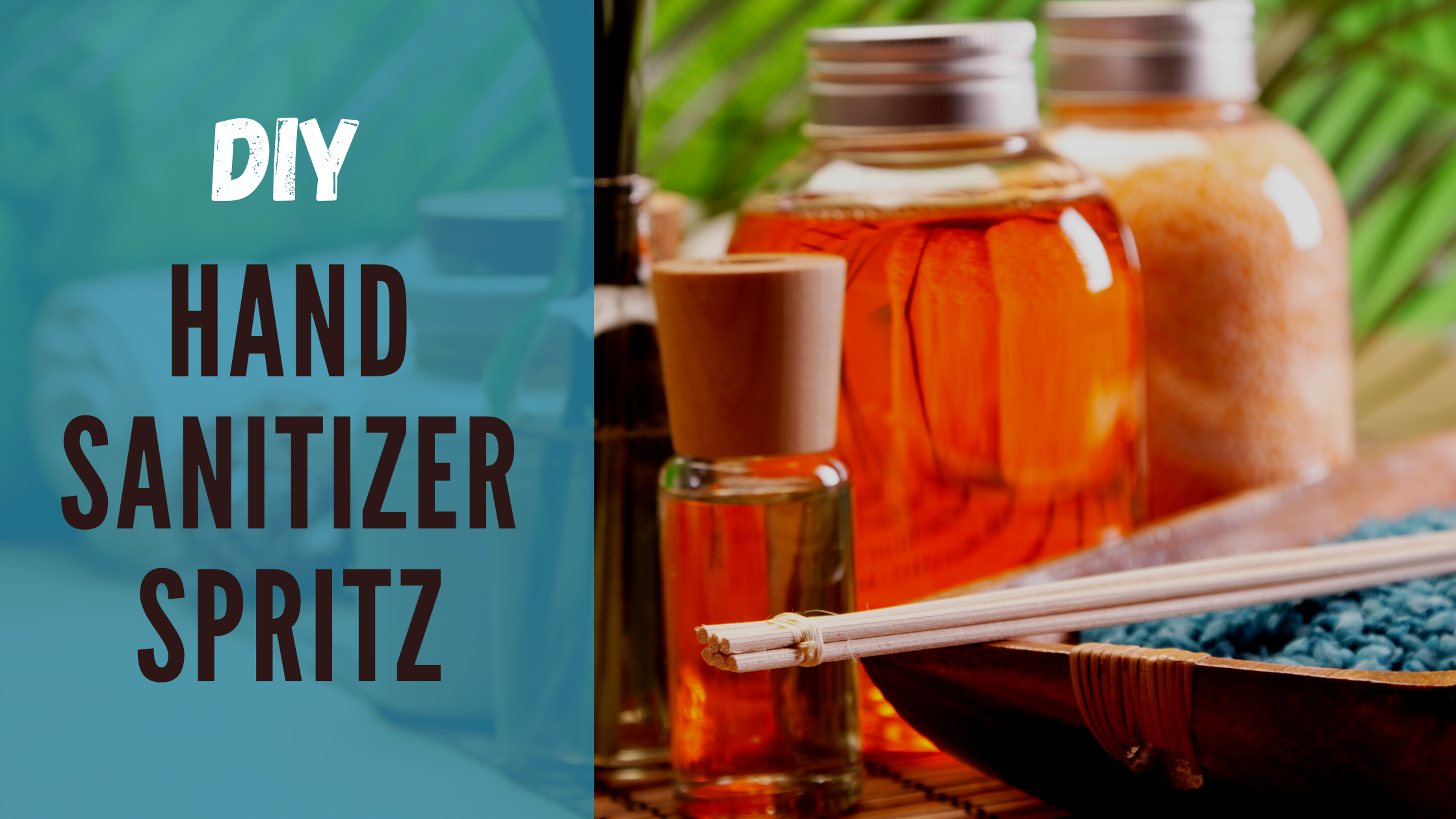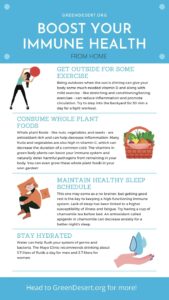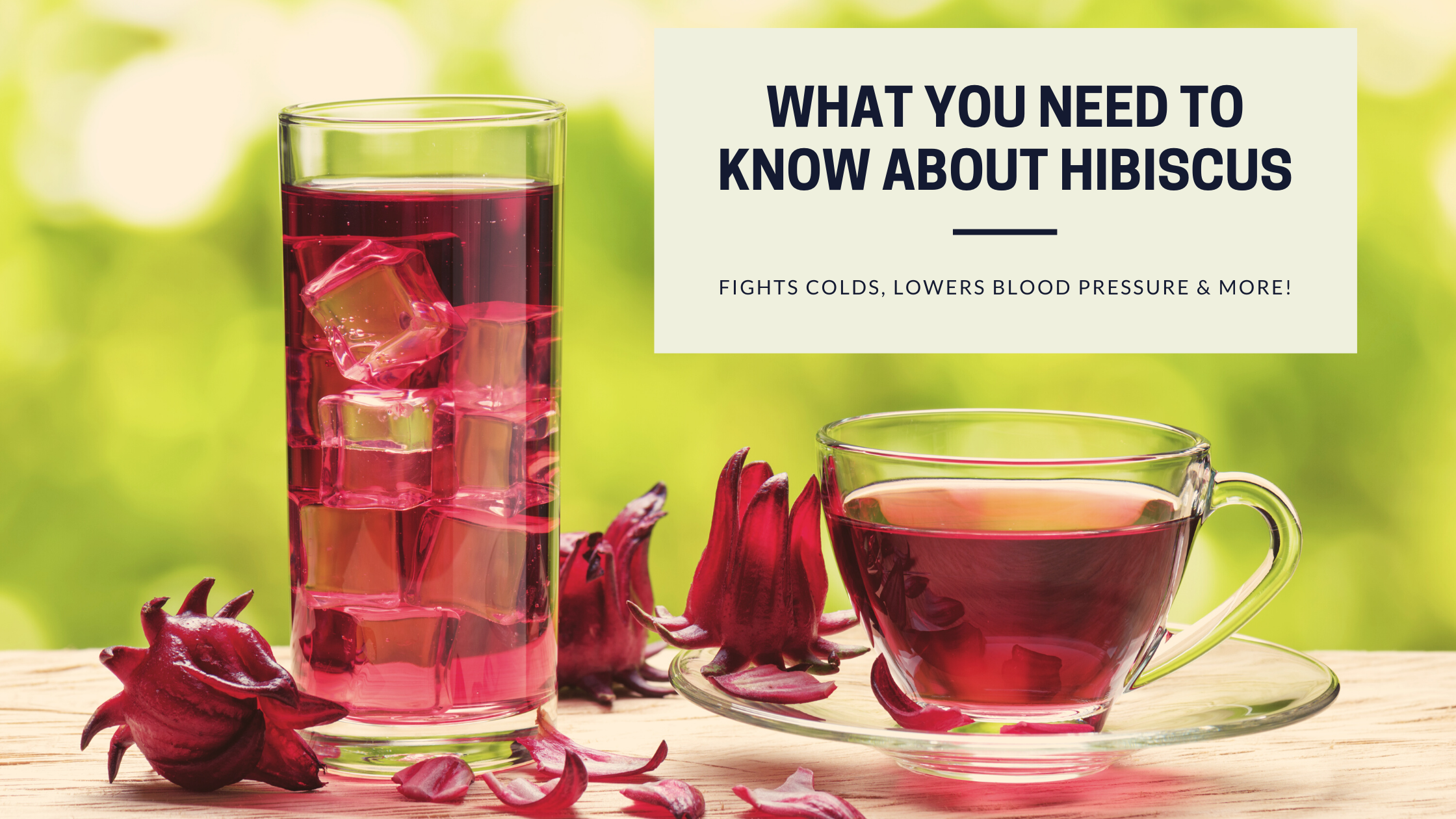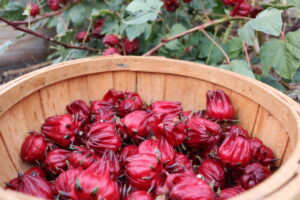Yarrow
The wound healing, fever reducing herb
Yarrow is a famed medicinal plant native to temperate regions of the Northern Hemisphere in Asia, and Europe and North America.
The plant compounds are supposed to benefit wound healing, digestive issues, reduce symptoms of depression and anxiety, aid in brain health, and flight inflammation.
Fun Fact: Yarrow is known for treating nosebleeds by putting a pinch of the plant in the nostril where the bleeding is and blowing it out after the bleeding has stopped fully.
It’s use as a circulatory system remedy comes from its ability to stop bleeding and move stagnant blood, preventing and clearing blood clots. It tones the blood vessels and lowers high blood pressure.
Dried, powdered yarrow can be used to stop bleeding by sprinkling the wound with yarrow powder or you can use fresh leaves and flowers; just wet them and apply pressure.
The dried, powdered yarrow can also applied after wounds are cleaned and be used to make wound healing salves.
Here’s a Salve Recipe
Melt around ½ oz of beeswax and mix with at least 4 oz of Yarrow oil and a few drops of any other essential oil if you’d like as well to create a balm like texture to use as a moisturizer, a lip balm, or as a burn salve!
Where do you get Yarrow?
I’ve seen dried yarrow flower, yarrow oil and yarrow tea all over the internet, but you can also grow it to make your own meds!
Yarrow grows best in sunny areas and in well-drained soil.
To dry your yarrow, hang whole stems in bunches or place them on brown paper in a warm dry place. Allow a few weeks to go by and you will find them dry! Strip the leaves and flowers off the stems and crumble for use in tea.
Yarrow Tea
Use 1 teaspoonful of dried yarrow per cup of boiling water, and let it steep for 10 minutes. Strain and drink warm.
If you are experiencing a cold or a fever you can drink some every two hours or at least three cups a day until you start feeling better.
For cuts or abrasions use externally as a wash for cuts.
For a healthy scalp and shiny hair use as a hair rinse. Just take the yarrow oil and mix it with a carrier oil. Applying it to your scalp is supposed to help stimulate new hair growth.
Other uses for yarrow tea:
- Colds and fevers
- Scanty menstruation
- Heavy periods
- Menstrual clotting
- High blood pressure
- To tone varicose veins
- To prevent blood clots
- Tension
- Weak digestion
Where do you get yarrow?
I’m always a promoter of growing your own. Yarrow likes full sun and although it does best in well drained soil, it will also thrive in poor, dry soils – you just won’t get as big of a harvest.

